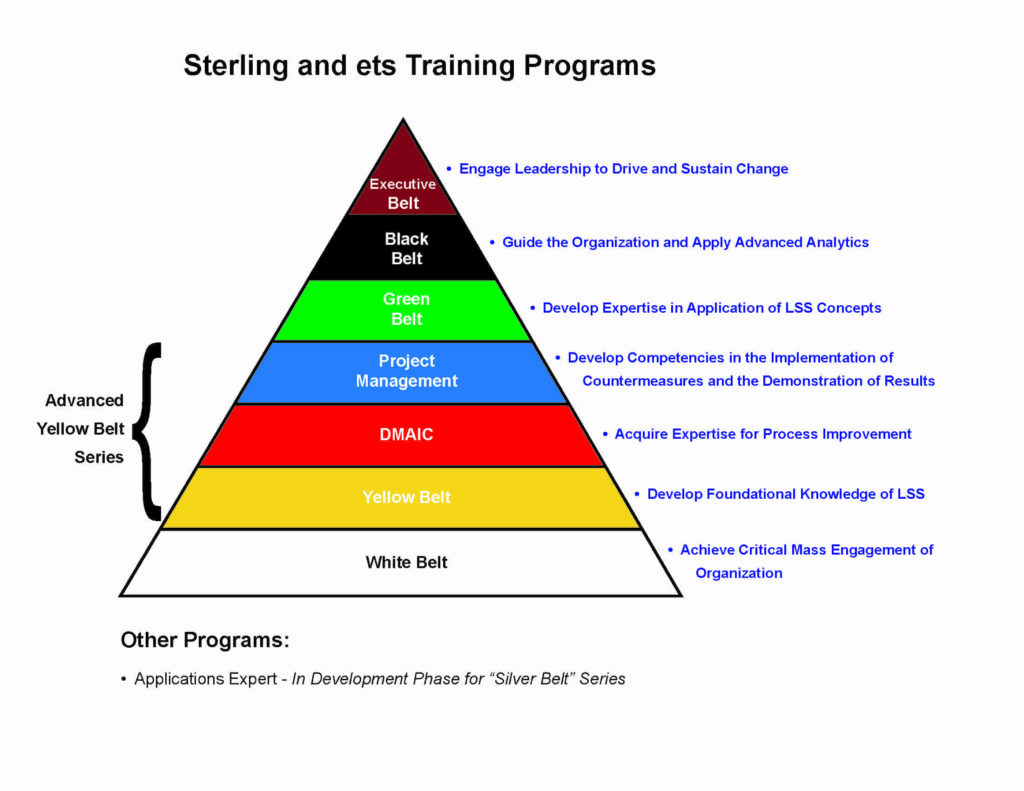

Adams ran a two-year pilot program giving all ninth and tenth grade students the same textbook and curriculum. A team of high school teachers using Six Sigma tools found the problem stemmed from the district’s practice of allowing each high school to select its own textbooks, “which introduced variation in what children were taught and, consequently, learned,” write LeMahieu, Nordstrum, and Cudney. The district’s chief operating officer, Pat Hamilton, who was environmental manager at the time, credits Six Sigma with enabling them to “roll out the program very quickly across the district.” What’s more, according to “Using Six Sigma to Solve Issues in Public School System” on the Six Sigma website, “the teachers were thrilled that their grievances had been listened to, and that a solution had been found.”Īdams CSD also turned to Six Sigma to figure out why standardized tests were suggesting inconsistent performance among the district’s high schools, a situation that posed a significant worry at that time due to the accountability regulations of the federal No Child Left Behind act.

After the team developed protocols for cleaning cages and keeping vents clear, teachers and students reported improved air quality. By using the Six Sigma methodology, they identified the primary contributors - classroom pets whose cages weren’t cleaned frequently enough and books left on top of vents. The district assembled a team of teachers, custodians, and an external environmental specialist. Colorado’s Adams County School District 12 (ACSD 12), for example, used Six Sigma to identify causes of poor air quality in classrooms that was triggering asthma attacks and increasing absences among students. Districts have applied the method to address issues in operations, curriculum, and instruction. Six Sigma is predominantly a project-based model used to improve discrete processes with a team of experts on that specific issue and experts in the Six Sigma methodology. Much of the terminology of Six Sigma is based on business and manufacturing, and, because it’s still fairly new, the approach hasn’t yet had widespread use in educational systems. When Motorola University - the company’s internal training system - began offering Six Sigma courses to external audiences, the approach spread to other companies (notably including General Electric in 1995).
#Six sigma processes free
0000035% chance of occurring (or 1 out of 285,715 events) - an admirable goal for maintaining a defect free process. In statistics, sigma refers to a standard deviation, so Six Sigma is six standard deviations, signaling an event that has a. The term is derived from the 18 th letter of the Greek alphabet (σ). The company wanted to improve its manufacturing and inspection processes, which, at the time, did not adequately detect and correct defects.


An engineer at Motorola first developed (and later trademarked) Six Sigma in 1986 as a quality control measure. The overarching goal of the improvement approach known as Six Sigma is to reduce variance in outcomes by using data and statistical methods to improve system performance.


 0 kommentar(er)
0 kommentar(er)
